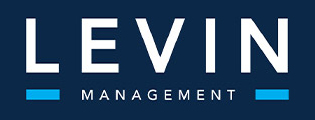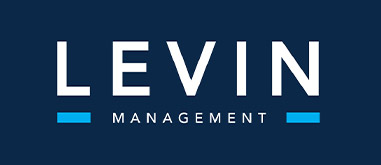The results of our annual Outlook Retail Sentiment Survey are in and, from the standpoint of the retailers within our 100-property portfolio, 2018 is looking like a very good year. Strong sales in 2017 plus a healthy holiday season, combined with current economic conditions and continued industry evolution, are fueling their optimism. As regional leaders in retail commercial real estate, we share their positive outlook.
Bricks and Mortar Locations Turned in Strong Performances in 2017
By the numbers, 64.1 percent of our survey participants reported 2017 annual sales at the same level or higher than 2016. This compares to a five-year trailing average of 57.5 percent. And, for the holiday season, 66.2 percent of respondents reported same-or-higher sales compared to the 2016 holiday season, while 67.0 percent reported same-or-higher in-store traffic. This compares to five-year trailing averages of 62.7 and 60.4 percent, respectively.
“These statistics all are historically strong and indicate retailers had a very good year in 2017,” noted our president Matthew K. Harding. “We are particularly encouraged by the 6.6 percent positive differential in year-over year holiday traffic as compared to the trailing five-year average. At a time when news headlines are focused on the growth of e-commerce, this shows that consumers continue to value the experience of shopping in bricks-and-mortar locations.” This is positive news for retail real estate.
Findings by trade and governmental organizations mirror our survey results. The International Council of Shopping Centers (ICSC) recently reported 90.0 percent of consumers made purchases in physical stores during the 2017 holiday season. The National Retail Federation (NRF) reported a 5.5 percent increase in holiday sales year- over-year, with Kiplinger reporting a 5.9 percent increase. Overall, 2017 retail sales were up 4.2 percent from 2016, according to the U.S. Census Bureau.
Within this context, 68.1 percent of our survey respondents indicated they are feeling optimistic about 2018 store performance. “A relatively strong economy, historically low unemployment and growing consumer confidence set the stage for ongoing improvement for retail in 2018,” Harding said. “Kiplinger anticipates in-store sales will grow 2.4 percent in 2018, the strongest advancement since 2014. With no foreseeable major changes on the horizon, we, too, anticipate another year of continued momentum.”
A Welcome Retail Trend for 2018: More Hiring and Additional Stores
We asked the retail tenants in our survey if the current low unemployment rate has brought noticeable changes to the hiring climate. More than one quarter (28.1 percent) of the participants reported observing some shifts. Of those respondents, 63.3 percent are seeing fewer qualified job candidates in their applicant pools. Additionally, 53.3 percent saw demand for higher starting salaries, with 20.0 percent reporting demand for more employee incentives.
Our survey also asked tenants whether their companies anticipate opening additional stores in 2018. A healthy 30.4 percent answered in the affirmative. “We continue to hear about planned store closings, yet this is an important reminder that retail is an industry of constant evolution,” Harding said. “As some concepts reach their end, others expand and thrive. It is encouraging to see so many of our survey respondents fitting into the latter category.”
Retailers Are Responding to E-commerce with a Focus on Tech and Service
It’s an increasingly digital and mobile world and savvy retailers are responding with shifting strategies. Nearly half (49.6 percent) of our survey respondents indicated they have adapted their business models in response to the growth of e-commerce. The most popular changes involve heightened focus on technology and service.
Of those survey participants whose companies have made changes, 54.3 percent have increased their use of technology-centered marketing tools in-store, while 56.3 percent have upped technology-centered marketing to reach customers outside the store. Other strategic shifts embraced by more than half of those that have made changes include increased training and focus on customer service (58.9 percent), and added in-store services and incentives (51.0 percent).
“Our survey indicates retailers are using multiple avenues to distinguish themselves and win business,” noted Melissa Sievwright, our vice president of marketing. “It has become clear they are leveraging technology to get consumers’ attention and enrich the in-store shopping experience. There are elements of touch, feel and interaction in a physical store than cannot be duplicated online. The emphasis on training and service reflects that our tenants understand what is important to their customers today.”
Nearly half (48.7 percent) of our survey respondents report measurable benefits stemming from their business model adaptations.
Our next Retail Sentiment surveys will be conducted in May, exploring year-to-date performance and technology issues, and in October/November, gauging expectations and plans for the 2018 holiday season. We’ll share the results here on our blog.

